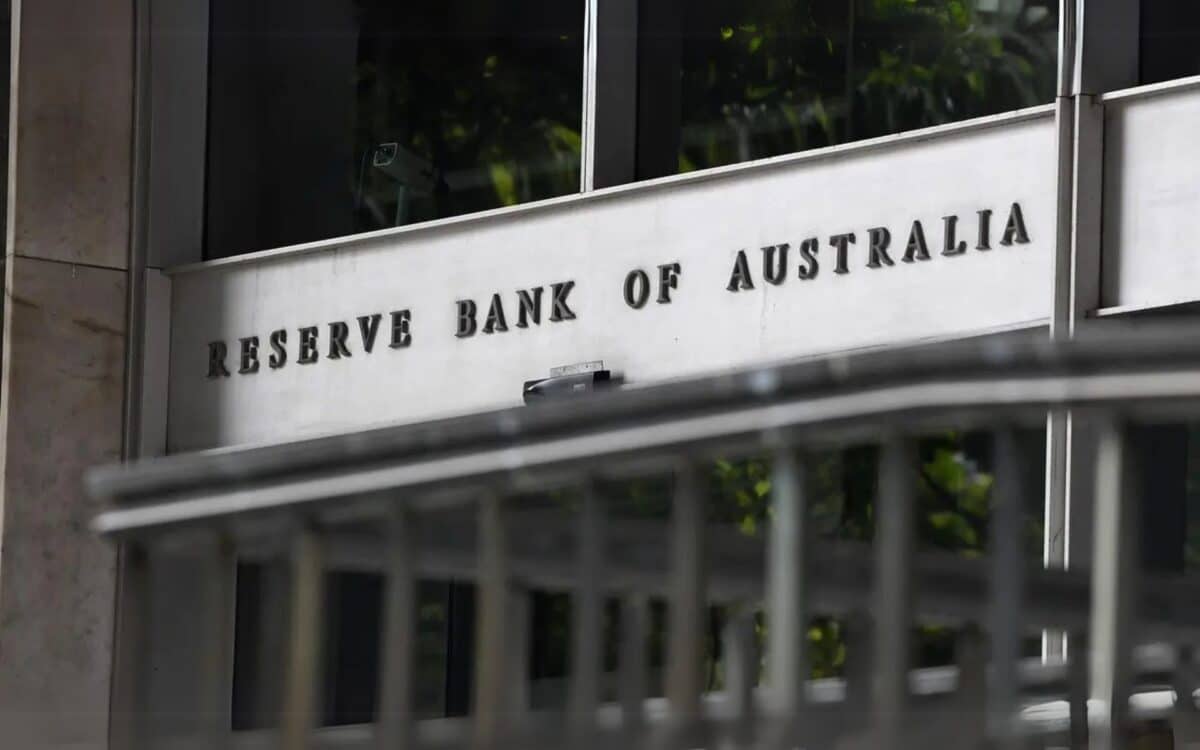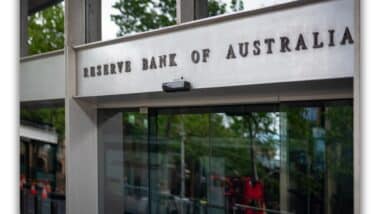The Reserve Bank of Australia (RBA) is facing one of its most significant monetary policy decisions in years. With inflation slowing and economic growth stagnating, financial markets and economists are widely expecting the central bank to cut interest rates at its February 18 meeting.
However, the RBA Board, led by Governor Michele Bullock, must weigh the benefits of easing financial conditions against the potential risks of stimulating inflationary pressures and overheating the labor market.
The Case for a Rate Cut
The strongest argument in favor of a rate reduction comes from the latest inflation figures. Headline inflation has dropped to 2.4%, its lowest level in nearly four years, while underlying inflation has slowed to 3.2% on an annual basis. Quarterly data confirms that price pressures are easing, reinforcing the case for monetary policy to shift toward supporting growth.
A closer look at inflation trends shows a broad decline across most categories:
- In late 2022, several essential goods saw sharp price increases:
- Oils and fats (+20.8%)
- Milk (+17.9%)
- Domestic holidays (+19.8%)
Currently, only a few items are still experiencing notable price hikes, largely due to supply constraints:
- Lamb (+17.3%)
- Eggs (+11.2%)
- Tobacco (+12.2%), affected by higher government taxes
- Insurance (+11%), down from a peak of 16.4% last year
Beyond inflation, economic growth remains sluggish. GDP expanded by just 0.8% over the past year, and when adjusted for population growth, the economy has contracted by 1.5% per capita, resembling recessionary conditions.
The housing sector also supports the case for rate relief. Dwelling construction costs, a major component of the Consumer Price Index (8% of the inflation basket), surged 17.8% in late 2022. However, this category is now experiencing disinflation, with prices falling by 0.2% in the last quarter of 2024, bringing annual growth down to 2.9%.
The labor market is showing signs of softening. Although unemployment remains low, wage growth is slowing, suggesting the current level of monetary tightening may no longer be necessary to keep inflation in check.
A rate cut would also ease financial pressure on mortgage holders, potentially stimulating consumer spending. A 0.25 percentage point reduction would lower mortgage repayments by about $100 per month on a $600,000 loan, providing additional relief to households.
The Case Against a Rate Cut
Despite these factors, arguments against an immediate cut remain strong. The job market is still tight, and reducing interest rates too soon could stimulate employment demand, potentially driving up wages and inflation.
Some economists argue that the RBA should wait for more economic data before making a decision. Key updates on wages and employment will be released two days after the February 18 meeting, followed by national accounts data two weeks later. A premature rate cut might risk misjudging the state of the economy.
Another concern is that inflation figures may be influenced by government subsidies, such as electricity and rent relief measures, which are temporarily reducing costs for consumers. While the RBA removes these subsidies from its core inflation calculations, their broader impact on consumer behavior remains unclear.
- Some of these subsidies have helped lower energy and housing costs, but their expiration could cause inflation to rise again.
- The overall effect on spending patterns and demand is uncertain, making it difficult to determine whether inflation is genuinely under control.
A rate cut could also fuel housing price increases. While the RBA does not set policy based on the housing market, a 0.25 percentage point reduction in the cash rate could lower mortgage repayments, giving homebuyers more spending power and potentially driving prices higher.
- Lower interest rates often stimulate demand for housing, which could intensify affordability challenges in key markets.
- If house prices rise sharply, the RBA may have to raise rates again later, undoing the relief provided by a cut.
Finally, the upcoming transition in the RBA’s governance structure could complicate the decision. A new monetary policy committee, featuring Renee Fry-McKibbin and Marnie Baker, will take over shortly after the February meeting. Making a major policy shift before this transition may limit the flexibility of the incoming committee.
The RBA‘s decision on February 18 will signal how it plans to balance these factors. A rate cut would provide relief to households and businesses, but waiting for more economic data could help avoid premature easing. Whether the central bank moves immediately or holds off, its choice will shape Australia’s economic trajectory in the months ahead.









